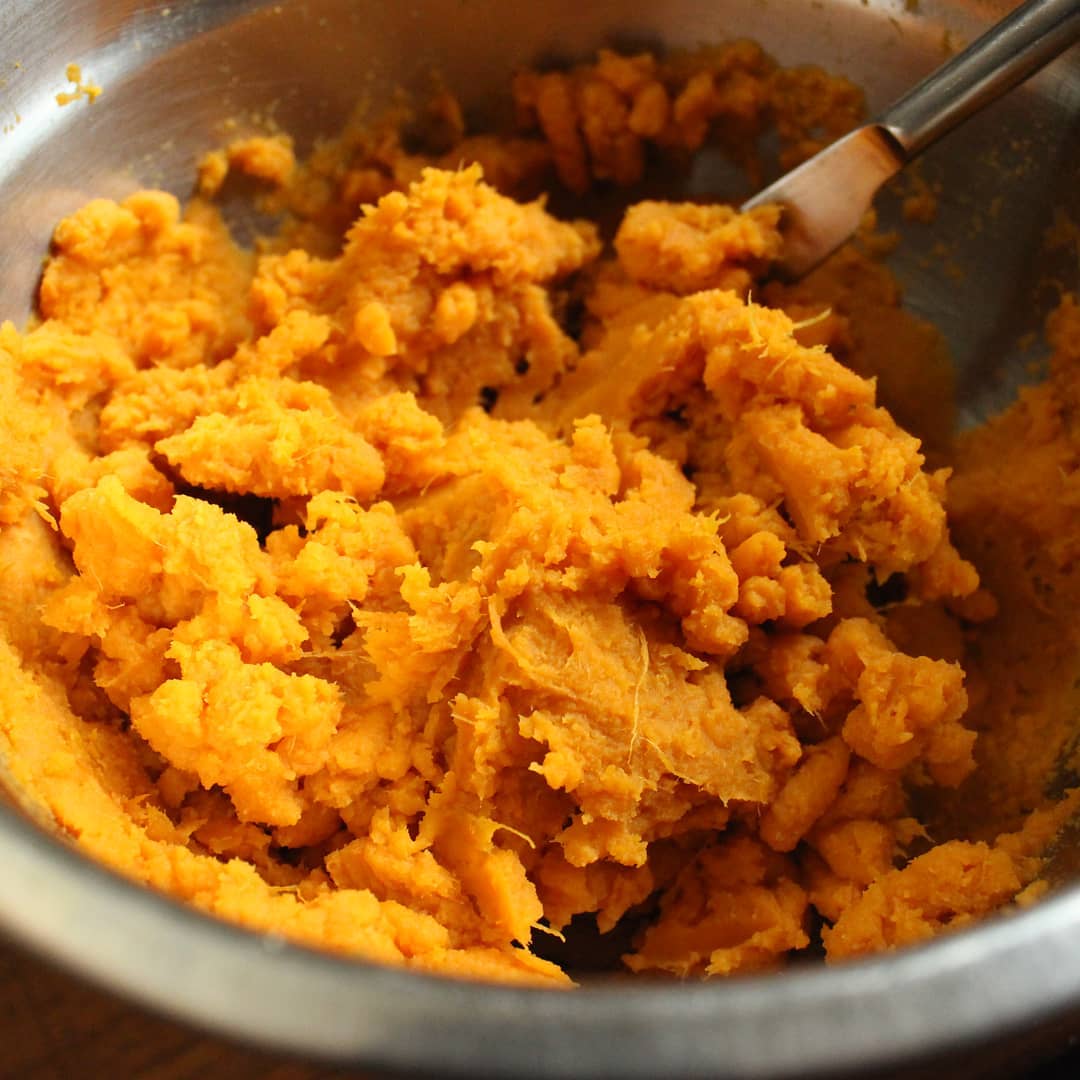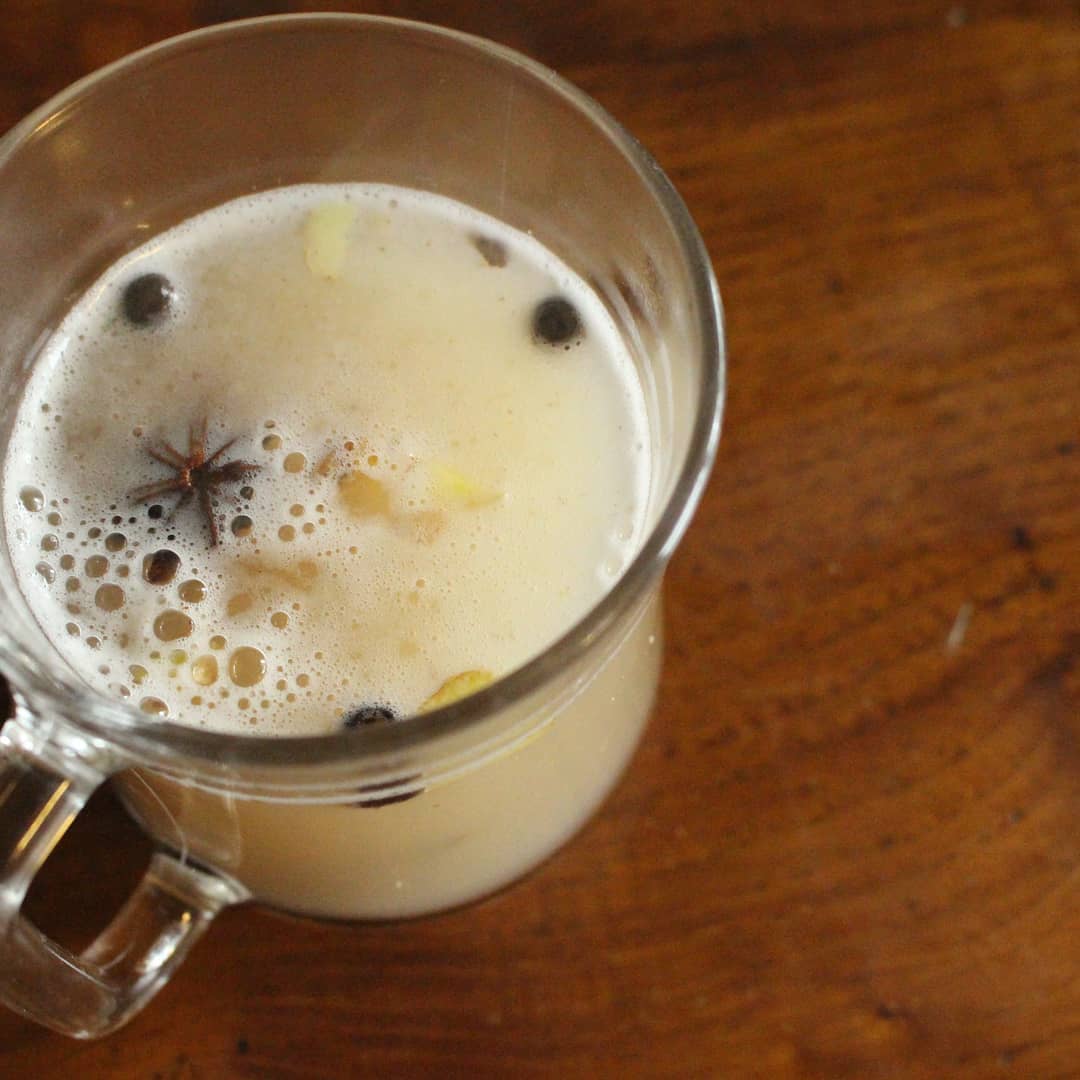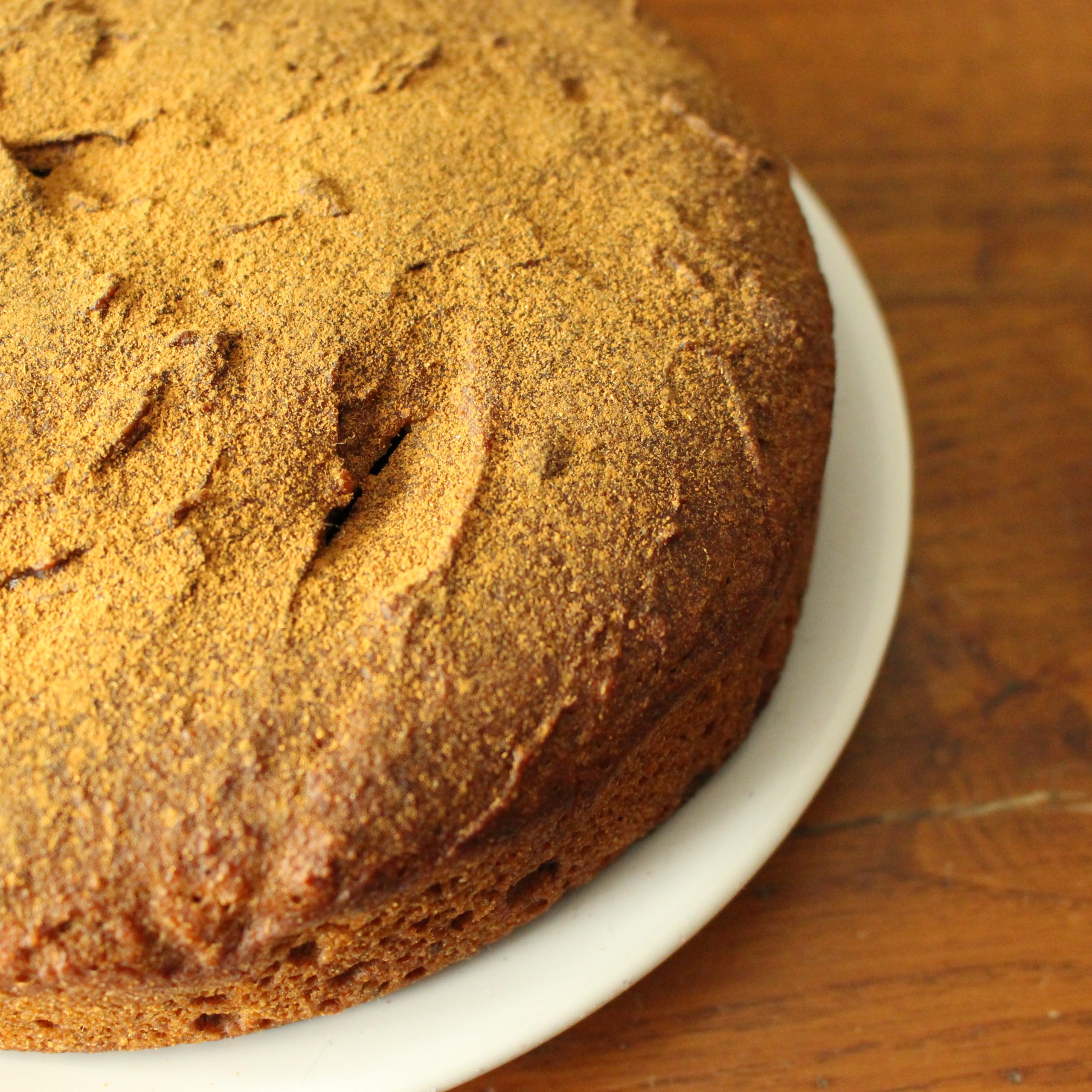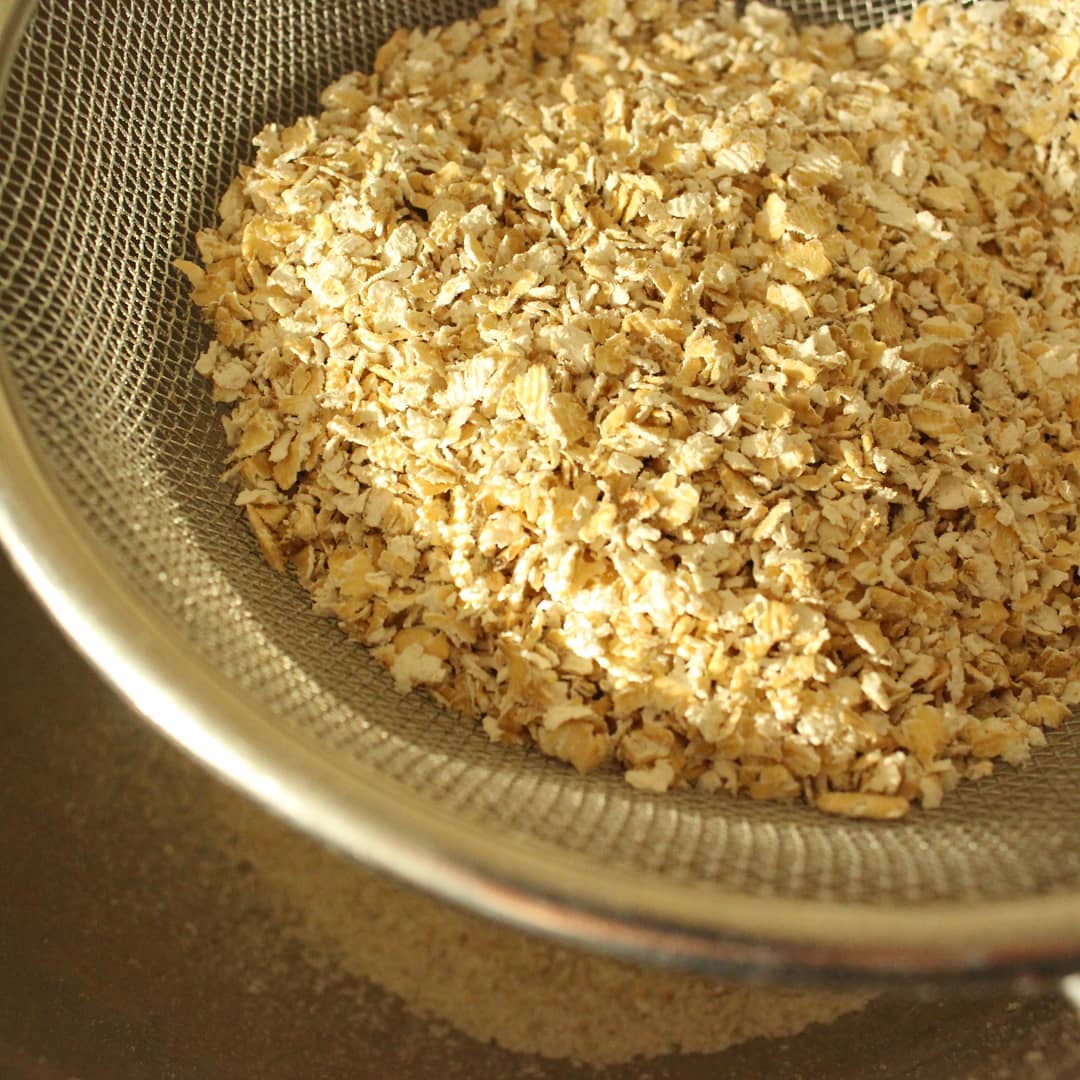
Every Christmas day, we eat something we’ve never eaten before.
.
This year, somewhat unusually, I’m creating a simple dish. I’ve started it this morning by putting this cooked, mashed sweet potato in a warm spot to ferment. Whey cubes from the freezer are in there to give it a kick-start.
.
Tomorrow, I’ll add some ginger left over from ginger beer and some spices. Then I’ll use it to top a mix of pork mince, onion, garlic, cabbage and spices. It’ll all go in the oven and we’ll eat with my favourite Brussels sprouts (which magically appeared from @radiciumane at our local market last night just in time!!)
.
It’ll be a warm, fermented, spicy alternative ‘shepherds pie’. Never done it before, but I’ve got high hopes!
.
I wrote an article for @thefermentationschool about our home-made Christmas tradition of eating a new dish every year. You can find the link to it in my linktr.ee (first link in the articles section).
.
Oh, and I finally got to covering the honey-fermented chestnuts in home-roasted 100% cacao chocolate this morning. Of course, we had to taste-test them. They are possibly the most delicious experiment to come out of my kitchen. Looking forward to snapping some pics and sharing them with you after the holidays.
.
Much love from my kitchen to yours. Enjoy every moment you can.
… Read More









